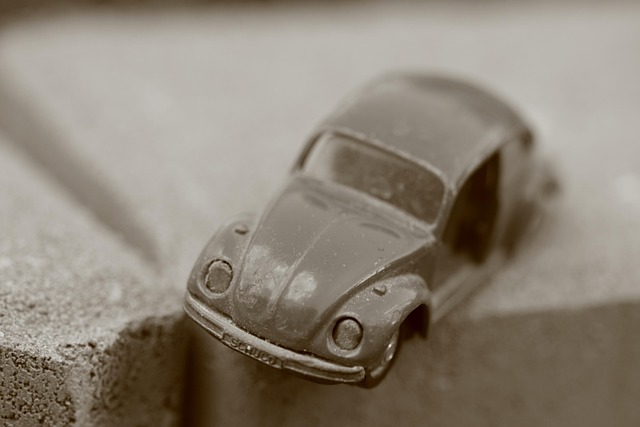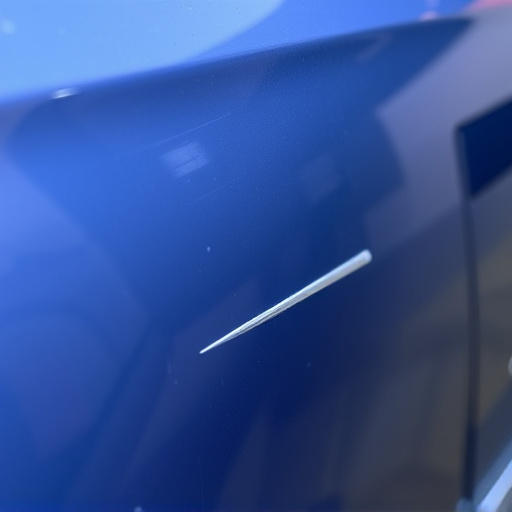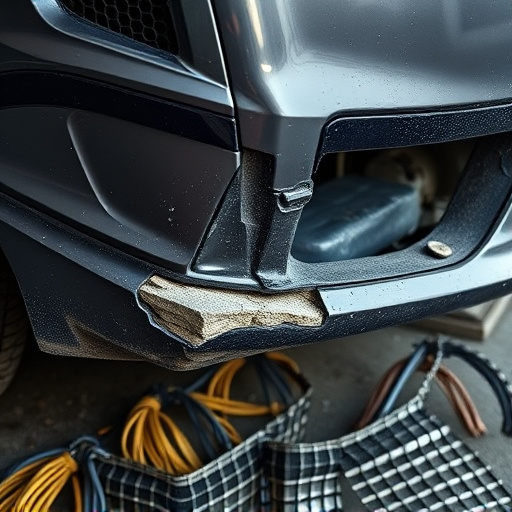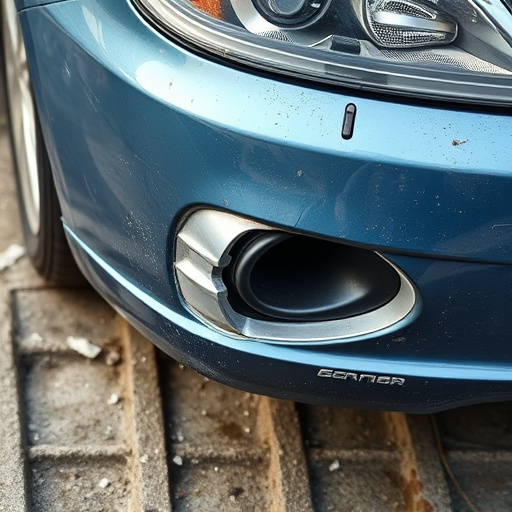Mercedes radar recalibration is essential for advanced driver-assistance systems (ADAS) performance and safety. Regular calibration ensures accurate sensor detection of obstacles after collisions, preventing accidents. The process includes diagnostic testing, sensor replacement or repair, rigorous calibration, road testing, and validation to maintain optimal ADAS effectiveness and enhance road safety in Mercedes vehicles.
Mercedes radar recalibration is essential for maintaining optimal performance and safety in modern vehicles. Understanding the intricate role of these systems, which rely on accurate data for predictive functions, underscores their significance. Regular recalibration ensures seamless communication across various components, enhancing overall system effectiveness. This article delves into the mechanics of Mercedes radar systems, highlights the critical need for precise calibration, and outlines the meticulous process involved in recalibrating these advanced sensors to ensure your vehicle operates at peak efficiency.
- Understanding Mercedes Radar Systems and Their Role
- The Importance of Accurate Calibration for Safety
- Recalibration Process: Steps to Ensure Optimal Performance
Understanding Mercedes Radar Systems and Their Role
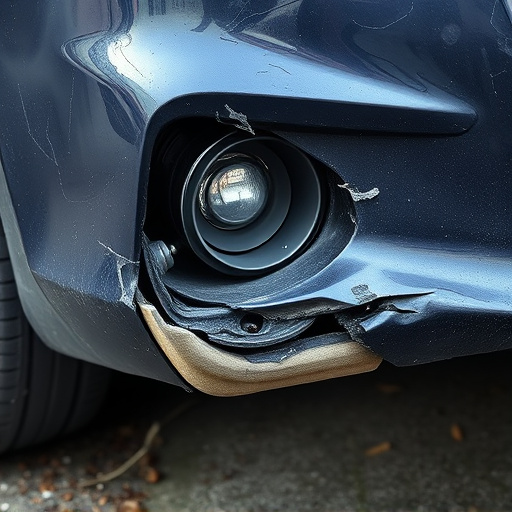
Mercedes radar systems are an integral part of modern automotive safety features. These sophisticated sensors play a crucial role in advanced driver-assistance systems (ADAS), such as adaptive cruise control, lane-keeping assist, and collision avoidance. They constantly monitor the surroundings, detecting other vehicles, pedestrians, and obstacles to provide real-time data for these critical functions.
Accurate Mercedes radar recalibration is essential to ensure the seamless integration and communication between these sensors and the vehicle’s central processing unit. Over time, factors like environmental changes, road conditions, or previous collision repairs (requiring services from an automotive body shop) can impact the system’s performance. Therefore, regular calibration checks and adjustments are vital to maintain optimal system functionality, ensuring the safety and efficiency of Mercedes vehicles on the road.
The Importance of Accurate Calibration for Safety
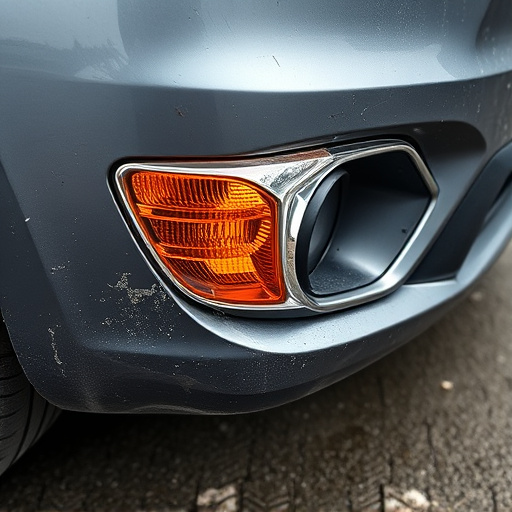
In the realm of automotive safety, precise calibration is paramount, especially for advanced driver-assistance systems (ADAS) like those found in Mercedes vehicles. A minor discrepancy in a radar sensor’s recalibration could have significant implications on the entire system’s performance. Accurate calibration ensures that the radar accurately detects and tracks other vehicles, pedestrians, and obstacles, enabling timely responses to potential hazards. This is particularly crucial for preventing accidents, especially during complex driving conditions such as heavy traffic or poor weather.
When a Mercedes vehicle undergoes an automotive collision repair after a fender bender, proper radar recalibration becomes essential. Auto repair services that specialize in these systems must meticulously test and adjust the radar sensors to maintain optimal performance. This process guarantees that the ADAS functions at its highest level, enhancing road safety for everyone involved.
Recalibration Process: Steps to Ensure Optimal Performance
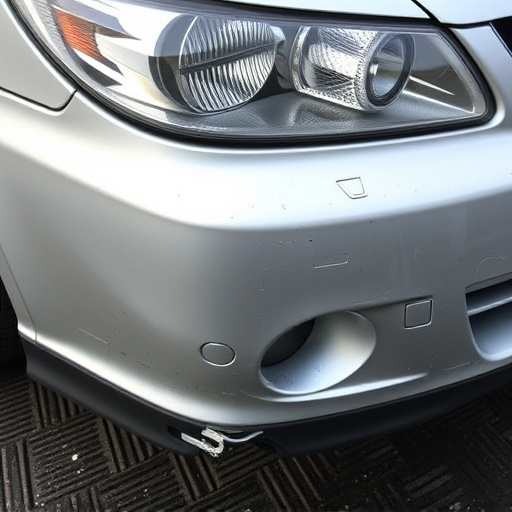
The Mercedes radar recalibration process involves a series of precise steps designed to ensure optimal performance of the vehicle’s advanced driver-assistance systems (ADAS). It begins with diagnosing any potential issues within the radar sensor network using specialized diagnostic tools. This initial check identifies malfunctioning or outdated sensors, which then need to be replaced or repaired, if necessary, as part of the car paint services process.
Next, the system undergoes a thorough calibration routine where it is exposed to various environmental conditions and driving scenarios. This step ensures that the radar accurately interprets and communicates with other vehicle systems, such as the adaptive cruise control and lane-keeping assist. Following calibration, extensive road testing is conducted to verify the system’s accuracy, responsiveness, and overall reliability, including assessments of car paint repair quality if any parts have been replaced.
Mercedes radar recalibration is a vital process that ensures the safety and optimal performance of the vehicle’s advanced driver-assistance systems (ADAS). By accurately calibrating the radar sensors, the entire system communicates more effectively, enabling better object detection, predictive capabilities, and overall enhanced driving assistance. This simple yet crucial step keeps Mercedes vehicles at the forefront of autonomous technology, providing drivers with a safer and more reliable experience on the road.
